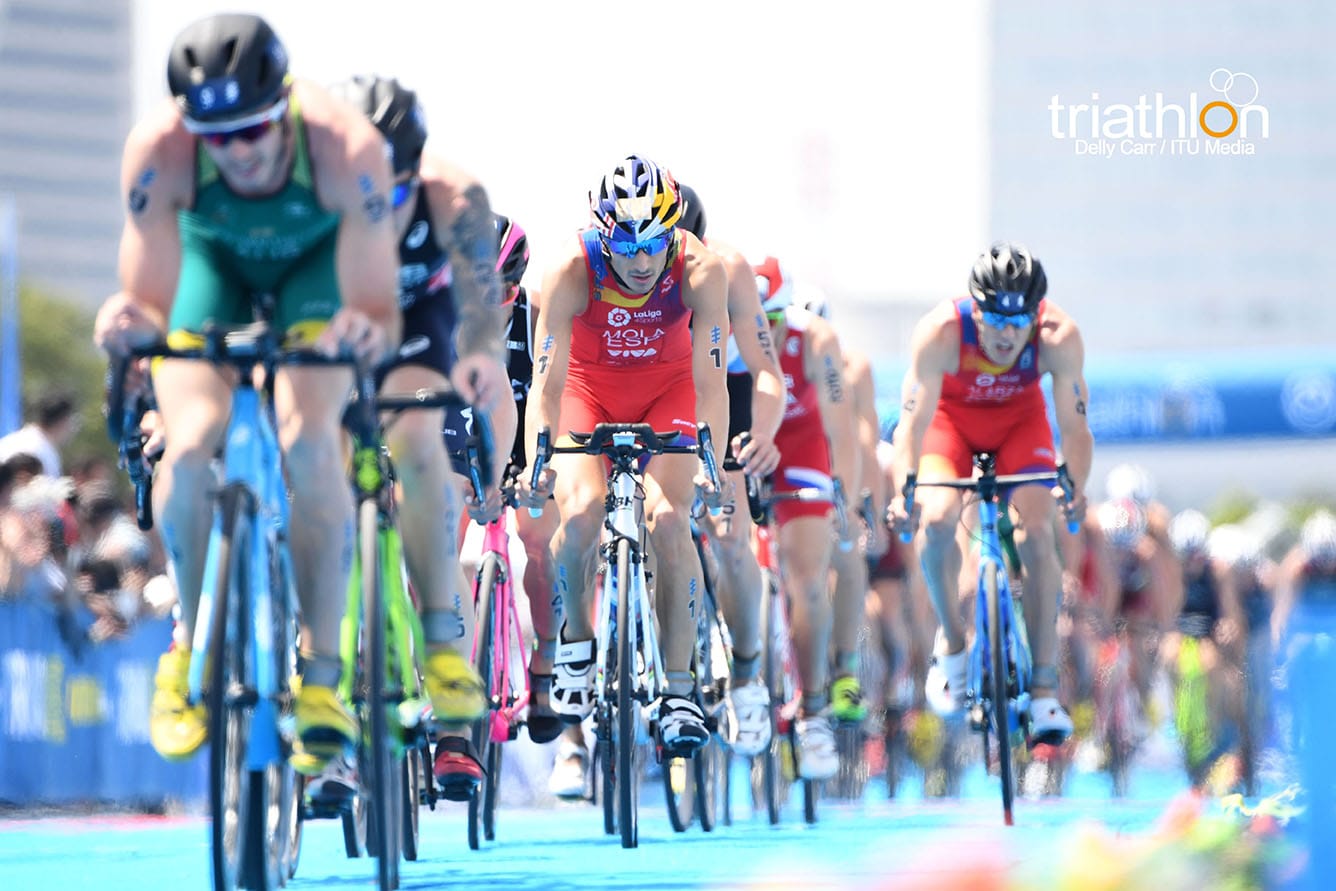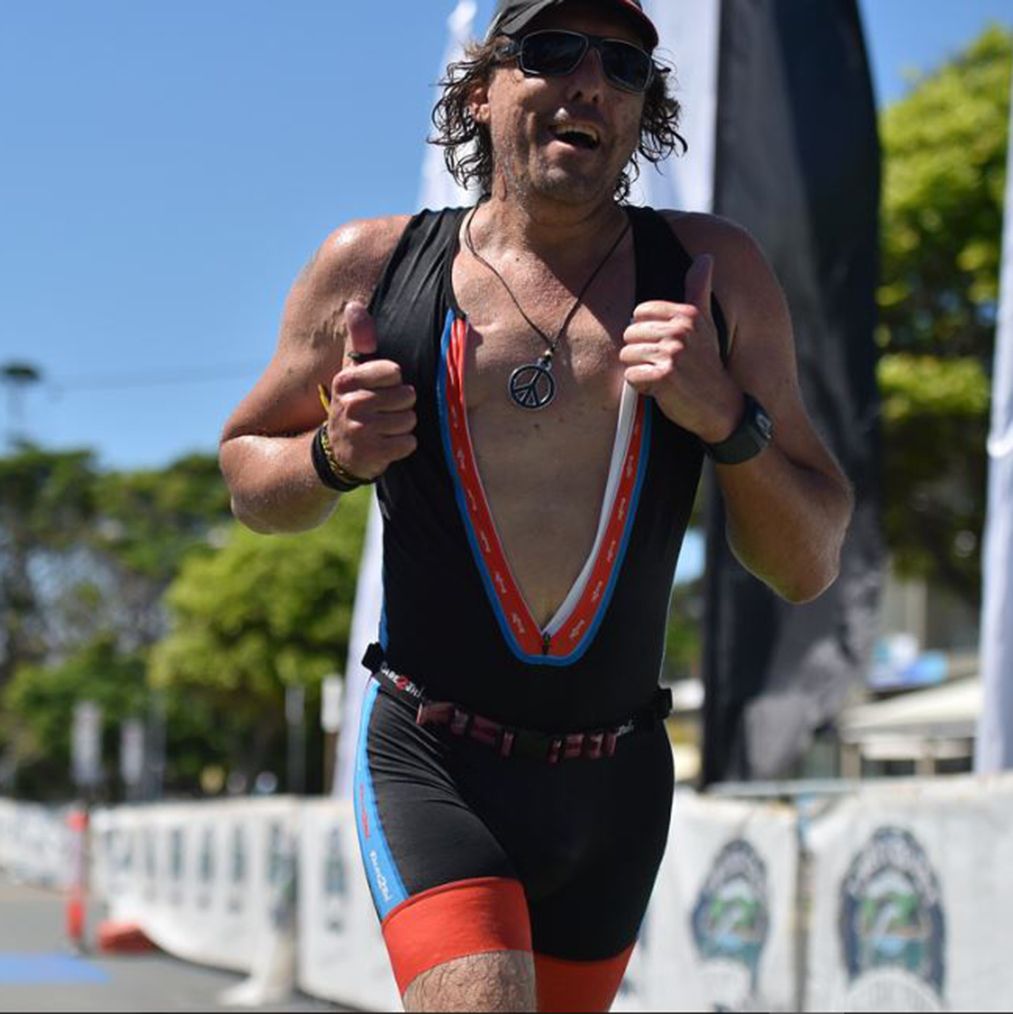When summer heats up and the weather improves, many triathletes will be training with bike clubs at criterium events. In this article, we will endeavour to show you how serious criterium cyclists approach their training. The type of training program we will look at comprises of six basic sections and each section is spread over a four week block.
A good criterium cyclist needs to have a solid aerobic base for endurance and recovery, a high anaerobic threshold, good lactate tolerance and a strong base with speed and power.
Block 1: Road mile base
First and foremost you need a base of long rides – about three month’s worth at 60-to-70 per cent of your maximum heart rate. Without this base of long rides, it would be fruitless going through the next steps. The endurance base is where you work on your low level endurance as well as technique.
After you have this aerobic base behind you, the next step is to introduce some intensity into the program. I do this by means of two ergo (windtrainer) sessions a week. Ergos are good for these sessions because they provide a constant force. There are no, or very little variables, such as tail winds, cross winds, hills both up and down, and no traffic lights or cars coming at you. With an ergo, you have a safe training environment that is also easy to monitor.
Block 2: High cadence VO2 sessions
After you have done your first three months of training, or what is commonly known as general preparation, the next step I would recommend is to introduce two VO2 sessions a week. The reason we do VO2 sessions is that they are easiest on the body and they provide a base for specialist training at the business end of the training block.
These VO2 sessions are for training your heart and lungs with very fast pedal revolutions. A criterium cyclist should rev at around 130rpm and above. You perform these sessions in sets of five by five-minute efforts. You should ride for five minutes at 90-to-95 per cent of max heart rate with five minutes of light rolling between sets, with a warm up and a warm down.
Block 3: Anaerobic thresholds
After a month of VO2 sessions, we then go into a threshold block where you work on building up your anaerobic threshold. This is the threshold at which you switch from predominantly using the aerobic energy system, which produces lactic acid. You need to raise this level so that you can work at higher intensities without producing high levels of lactic acid.
We build up your anaerobic threshold by training right on it. A starting point for people who haven’t done this sort of training before is to start off with two 15-minute efforts at your anaerobic threshold give or take five beats per minute, building up to two 30-minute efforts. Break it up with five-minutes of light rolling between sets with a warm up and a warm down.
These efforts are done on a medium gear, similar to what you would race on. For triathletes and cyclists who have a few seasons of training and racing under their belts, I’d recommend a strength block. Do this by sitting on your anaerobic threshold give or take five bpm starting with two of 15-minutes, building up to two of 30-minutes with five minutes light rolling between sets. The only difference is that the efforts are performed on your biggest gear.
Block 4: Lactate tolerance
The next block you should lead into is lactate tolerance. This is where you teach your body to tolerate high levels of lactic acid. To train in this area, sit on the ergo on a racing gear and do anything from five sets of five 20-second efforts per minute building to five sets of 10 30-second sprints per minute – that’s 30 seconds on, 30 seconds off. This should be your absolute maximum effort with five minutes of light rolling between sets and a thorough warm up and cool down.
Block 5: Maximise power
The next block is a power block and we lead into this in two ways. I start by giving five-minute efforts at maximum gear threshold to maximum heart rate with five minutes of light rolling between sets. Repeat this five times with a thorough warm up and cool down. The next section within this block is five 10-second sprint efforts per minute by five, with five-minutes light rolling in between sets. This builds your finishing kick. Train these efforts hard because you don’t want to get to the finish in a two up sprint and come second.
Block 6: High speed
The last of your training blocks as you approach your goal would be the speed block. This is where you do some ‘over revving’ work. You can do this by motor pacing behind a motorbike on a track with a qualified Derny rider (motorbike rider). This is a highly skilled activity, which is safest when done on a closed velodrome track. It is better to do motor pacing with an accredited cycling coach. For those of you that haven’t done this type of work before, it is done in a light gear at a high rpm, while still at quite high speeds.
Maintenance
You need to do some maintenance work to sustain what you have built. Maintenance is quite simple. Develop a feeling for how you are performing and if you feel you are lacking in any particular area, and are strong in others, you can perform less training on your strengths and more on your weaknesses. The final component for maintaining your fitness is to incorporate adequate rest into your training program.








